Amaranthus Tricolour Mixed Color Flowering Seeds
₹59.00 ₹52.00
Deep green leaves topped with creamy chartreuse, vivid yellow, purple with red, and a tricolor mix of red, green and gold makes it a “must have” for every garden,Bloom beautiful flowers at your place to freshen your everyday with Amaranthus Tricolour Mixed Color Flowering Seeds
Description
Purchase Description
- Amaranthus Tricolour Mixed Color Flowering Seeds
- Quantity : around 35 seeds
Description
This highly ornamental plant is easy and fast growing.It adds an explosion of colour to the garden and is utterly breathtaking in mass plantings and very useful as a temporary shrub.
Incorporating a few bright foliage plants into the garden means that you won’t be been disappointed with borders after spring blooms have faded. They are also ideal for the border but also thrive in containers on a sunny patio.
Sowing: Sow in late spring or early summer.
Amaranthus seeds can be either sown early indoors or directly where they are to flower. They are susceptible to frost so be sure to sow only after the last chance of frost has past and the soil has warmed a little.
Sowing Indoors:
Seeds may be started indoors at around 21°C (70°F) 6 to 8 weeks before it is safe to plant outside, Sow into pots or trays filled with finely sifted compost. Lightly cover seed with soil, and make sure the seedlings have plenty of light and protection from cold. Germination is usually around 10 to 14 days.
Seedlings should be ready to transplant in three to four weeks depending on pot size. Transplant to 7cm (3in) pots containing sieved compost. Amaranth is difficult to transplant except when the seedlings are very small so don't leave them too long.
Amaranthus prefers high light levels after germination. Transplant outdoors in late May or early June into moist, well-drained soil, 30 to 45cm (12 to 18in) apart. They should receive sun half the day or more.
Sowing Direct:
If sowing directly where they are to flower, prepare the ground well and rake to a fine tilth. If sowing more than one annual in the same bed, mark the sowing areas with a ring of sand and label. Ensure that any weeds are removed, especially during the early stages of growth. In cooler climates they will grow faster under a cloche or plastic tunnel.
Sow in early summer when soil temperatures are above 21°C (70°F). Sow thinly 1mm (¼ in) deep in rows 30cm (12”) apart. Thin out once they have reached 5cm (3in). The seedlings will appear in rows and can be easily told from nearby weed seedlings. Continue to thin the seedlings out so they are finally 30cm (12”) apart by early summer.
Cultivation:
Pinch the centre to encourage side branching. Water regularly and fertilise with a water soluble balanced fertiliser. At then end of the season leave a few plants to die down and self seed, others can be pulled up and composted.
Plant Uses:
Cottage/Informal Gardens or Flowers Borders and Beds. Container planting.
Culinary Uses:
The leaves of A. tricolour may be eaten as a salad vegetable. In Africa, it is usually cooked as a leafy vegetable. Some gardeners prune larger plants for their tender leaves and tips. Others prefer to time plantings two weeks apart and pull up the young tender plants to eat.
Origin:
- Amaranthus is a broad genus of about 60 species of short-lived herbs that breed mostly in the temperate and tropical regions. It primarily serves as an annual ornamental, and its leaves and seeds are edible with nutritional properties. Members of the genus Amaranthus share many characteristics and uses with members of the closely related Celosia genus.
Only logged in customers who have purchased this product may leave a review.

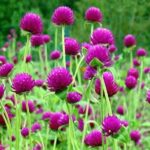

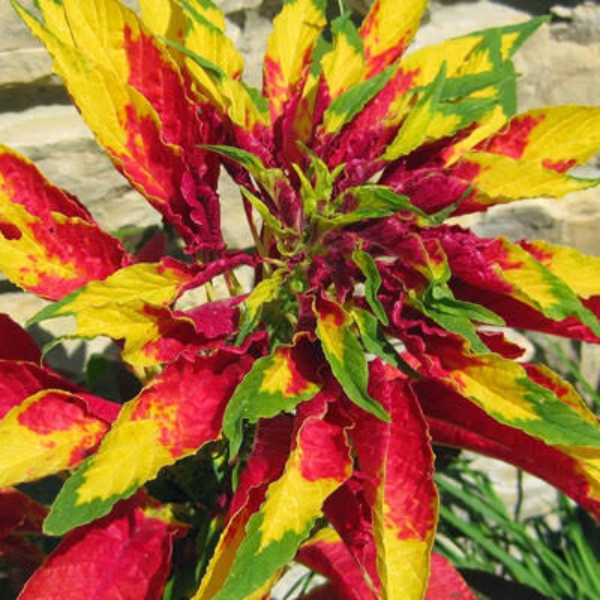
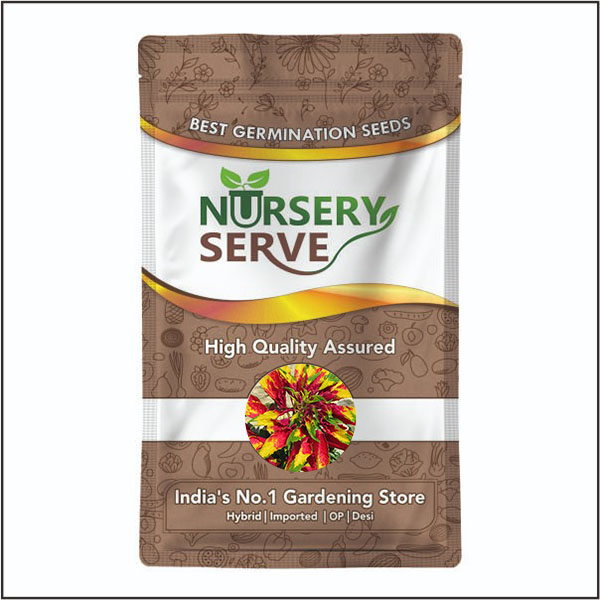
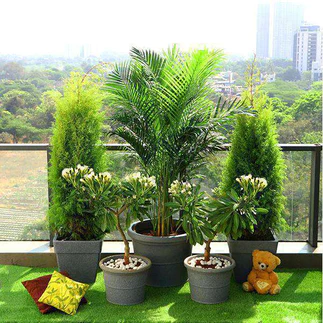
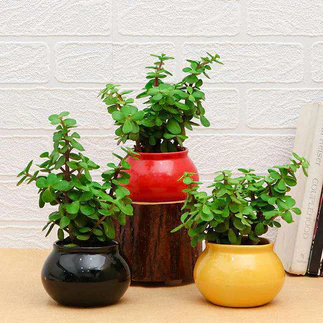
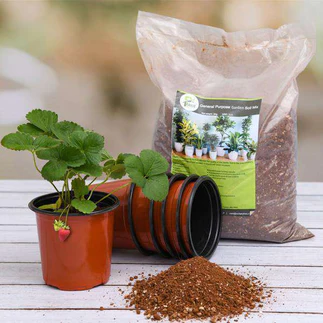
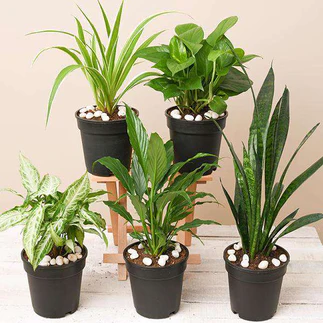
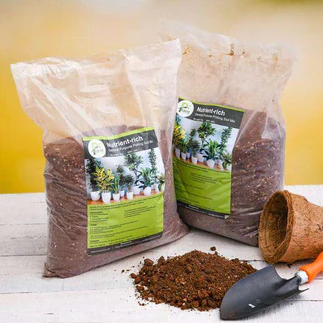
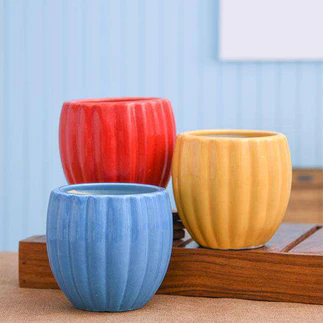
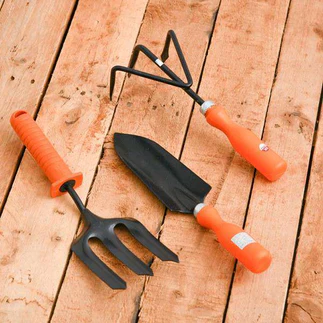
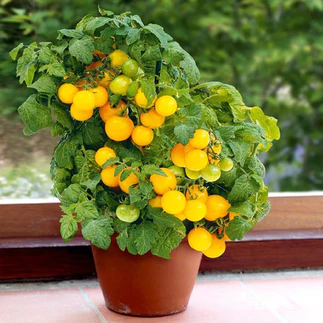
Reviews
There are no reviews yet.